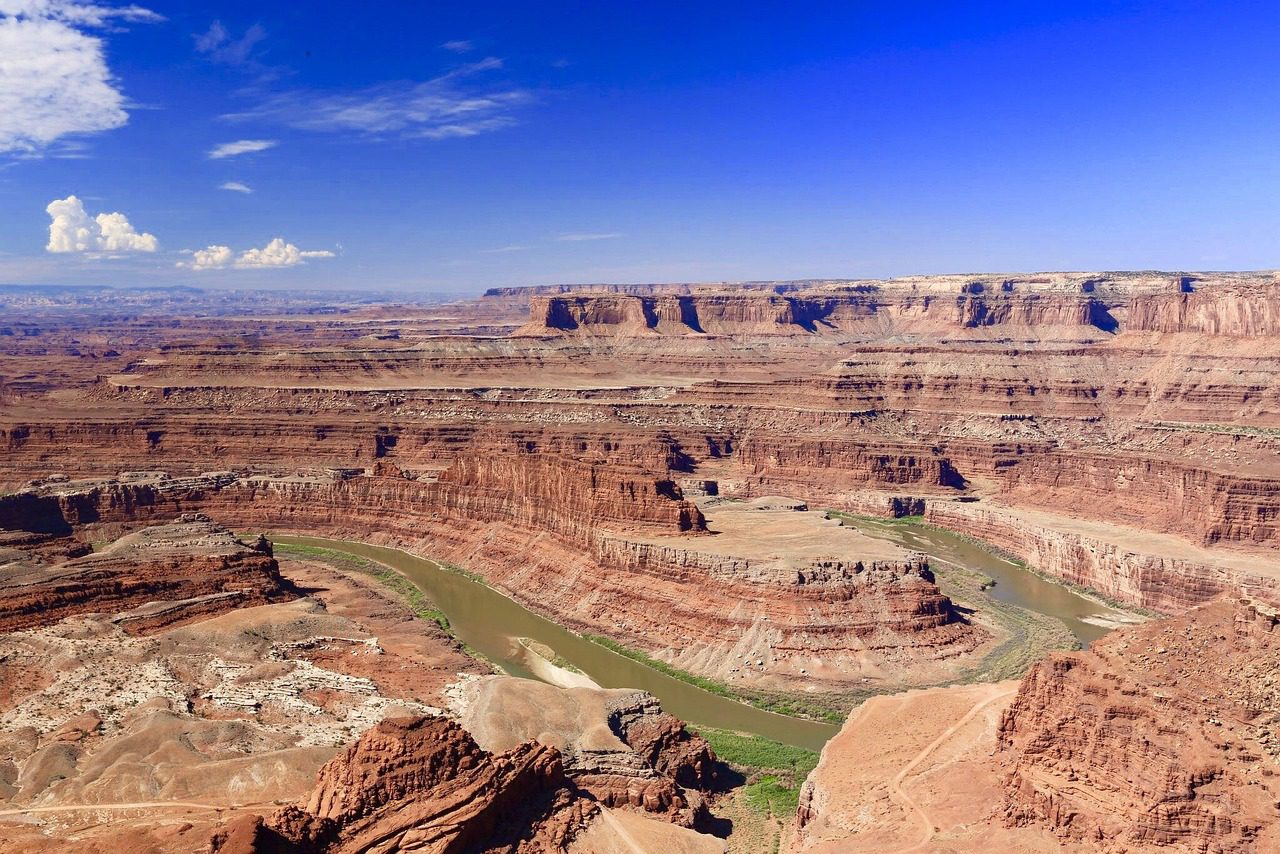May 15, 2023 – Water specialists predict that Lakes Powell and Mead, poignant indicators of the ongoing water shortage in the Colorado River, may never reach their full capacities again.
Predicted Water Flow from Upper Basin States.
This year, the snowpack in the Upper Basin states will contribute to the second most substantial annual water flow of the 21st century , per federal predictions. The river is projected to carry about 18.6 million acre-feet of water to Lee’s Ferry, located between the Glen Canyon Dam and the Grand Canyon in northern Arizona, according to the U.S. Bureau of Reclamation.
, per federal predictions. The river is projected to carry about 18.6 million acre-feet of water to Lee’s Ferry, located between the Glen Canyon Dam and the Grand Canyon in northern Arizona, according to the U.S. Bureau of Reclamation.
This year’s water flow is anticipated to outpace the volume from any of the last three years by 80% to 140%, federal data indicates.
Challenges in Replenishing Lakes Powell and Mead: The Mega-Drought and Snowpack Buffer.
Considering the current state of the reservoirs, with each holding just 25% to 30% of their maximum capacities, another four to five years of high water flow like this year’s is needed to replenish Lakes Powell and Mead, Brad Udall, a climate scientist at Colorado State University, and Eric Kuhn, a water researcher and former general manager of the Colorado River Water Conservation District in Glenwood Springs, Colorado, told Tucscon.com .
.
That sentiment is echoed by Cowboy State Daily , which writes that the significant snowpack in Wyoming, is far from resolving the “mega-drought” that has been afflicting the Colorado River Basin for years, will merely delay the inevitable for Wyoming and other states downstream.
, which writes that the significant snowpack in Wyoming, is far from resolving the “mega-drought” that has been afflicting the Colorado River Basin for years, will merely delay the inevitable for Wyoming and other states downstream.
Federal Initiatives to Save Water.
Three major irrigation districts in western Colorado are not significantly participating in a federal initiative to save water, and for those participating, the overall water saved will not be sufficient to salvage the depleted reservoirs, writes Colorado’s Post Independent.
to salvage the depleted reservoirs, writes Colorado’s Post Independent.
The System Conservation Program, a revamped initiative and one part of the Upper Colorado River Commission’s 5-Point Plan, was unveiled in July with the objective of preserving critical water levels in Lakes Powell and Mead. The program incentivizes water users in the four upper Colorado River basin states – Colorado, New Mexico, Wyoming, and Utah – to reduce usage.
The program is financed by $125 million from the federal Inflation Reduction Act. The System Conservation Program, which is temporary and voluntary, is expected to save almost 39,000 acre-feet of water across the upper basin this year. However, when full, Lake Powell alone can hold more than 23 million acre-feet, leading experts to conclude that system conservation alone will not alleviate the crisis at the reservoirs.
Ditching Seniority and Upending Policy.
The New York Times reports that in an unprecedented move, the Biden administration suggested on Tuesday that the remaining water of the diminishing Colorado River should be conserved by uniformly reducing water allocations. This proposal comes after months of unsuccessful discussions among the states reliant on the river, and it could lead to a cut of up to one-quarter in the water supplied to California, Arizona, and Nevada.
reports that in an unprecedented move, the Biden administration suggested on Tuesday that the remaining water of the diminishing Colorado River should be conserved by uniformly reducing water allocations. This proposal comes after months of unsuccessful discussions among the states reliant on the river, and it could lead to a cut of up to one-quarter in the water supplied to California, Arizona, and Nevada.
In January, six western states submitted a “consensus based modeling alternative.” California did not participate, citing legal precedent based on the seniority of its water rights.
The magnitude of these proposed cutbacks and the possibility of the federal government independently enforcing them on states marks a first in United States history.


Leave a Reply